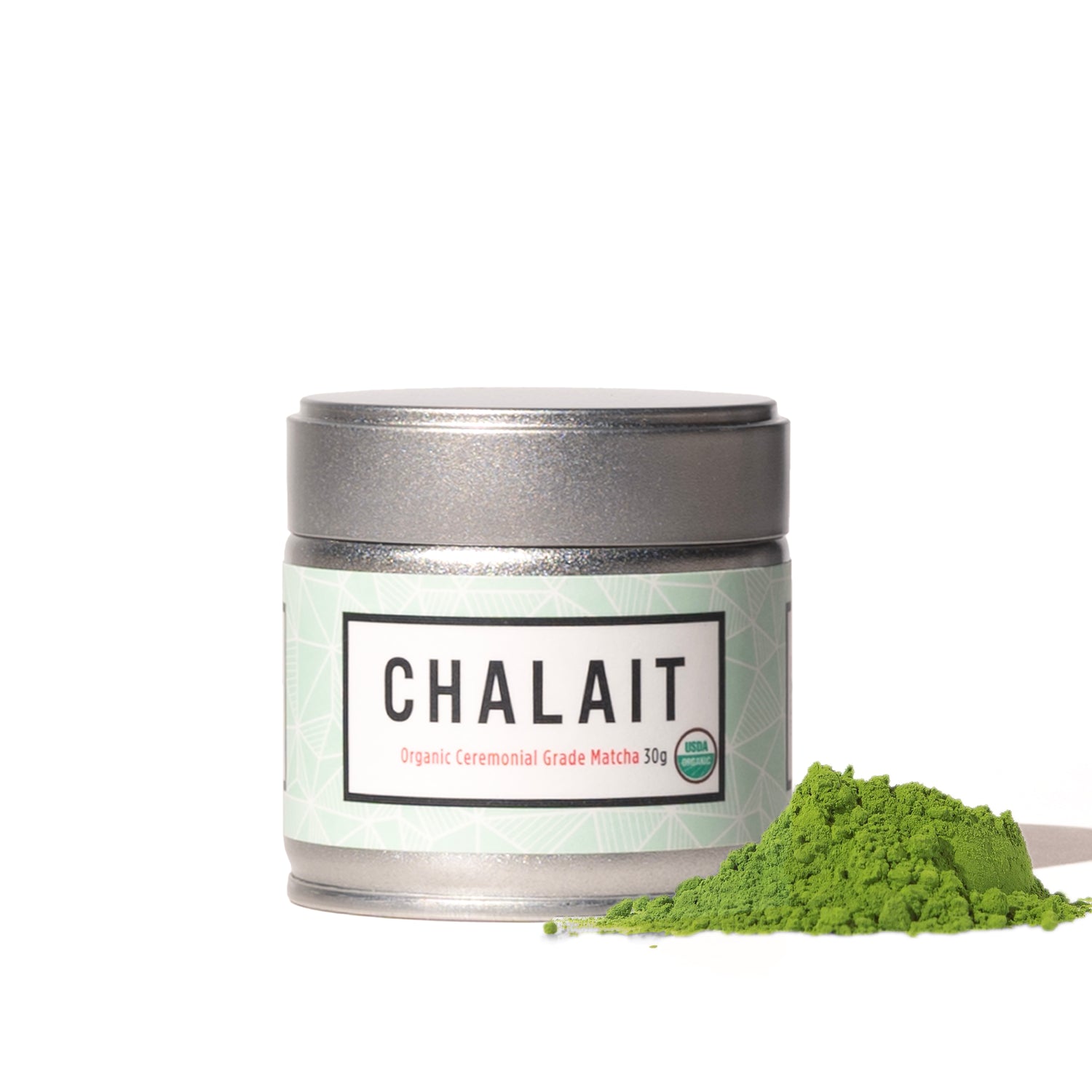In the past decade there has been a greater awareness of Matcha tea and powder. Matcha has been popular in Japan and China for centuries; while in the western world we are only starting to discover its true potential to our health and also its tasty culinary properties.
Both green tea and matcha have long been recognised as one of the healthiest drinks available. While both of these drinks come from the same tea plant Camellia Sinensis there is a difference in how to prepare the drinks, their taste and even in their nutritional profile.
Matcha and green tea processing
Both green tea and matcha come from the same Camellia Sinensis tea plant. In green tea, the leaves are left in the sun to dry. Once dry, the leaves are shred ready as loose leaf or for tea bags. To enjoy green tea, simply infuse the green tea in hot water.
Unlike green tea, the matcha leaf is tea makers shield the plants from the sun in the final month of growth. This shade boosting the production of chlorophyll and theanine, which has properties which relax and calm your nervous system. Matcha only uses the inner leaves, giving the powder a richer flavour and a more vibrant colour. The veins and stems are removed and the leaves are ground to a fine powder, talc like in texture. To drink, add Matcha to hot water and whisk to make a creamy frothy drink.
Nutritional differences
Studies continually show that both offer an explosion of antioxidants and nutrients, all playing a vital role to our health. Not only rich in antioxidants and anti-inflammatories, more and more research shows that this mighty leaf plays an important role in the prevention of Alzheimers disease and some cancers.
Rather than simply drinking the water the green tea is infuses in, when enjoying a matcha drink you consume the entire leaf. This provides you with a powder keg of nutrients - in fact, up to 3 times as much as a cup of green tea.
If you are wanting a substantial boost in nutrition, along with a caffeine kick to keep you motivated than adding some Matcha to your morning routine sounds like a good start.
Taste difference of matcha and green tea
Green tea has a delicate flavour with a slightly bitter taste. The unaccustomed drinker may feel the need to add honey or sugar to make it more palatable. On the other hand, Matcha is a sweet taste and the unlike green tea it has a creamier consistency.
As matcha powder is so fine, it often features in recipes. Giving meals and also desserts a nutritional boost, whilst adding an earthy sweetness.


